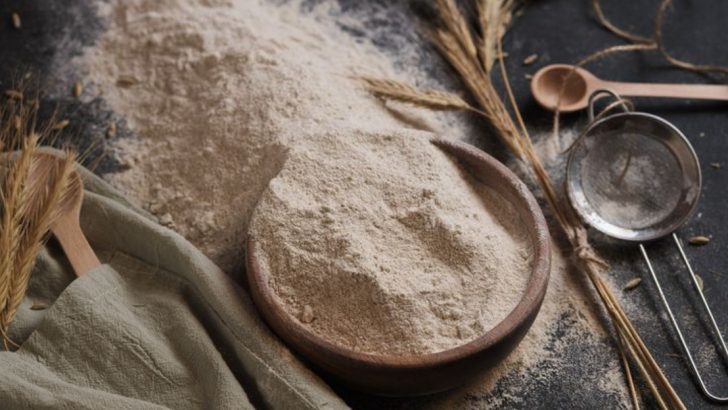Flour isn’t just flour. The kind you use can make your cookies crumbly, your bread chewy, or your cake light as air.
Some flours are made from grains, others from nuts or roots—but each one has its own magic.
Whether you’re baking a birthday cake or trying a new gluten-free recipe, it helps to know what you’re working with.
1. All-Purpose Flour

Made from a blend of hard and soft wheat, this flour is the go-to for almost everything. It works in cookies, cakes, pancakes, and even bread—just enough strength to rise, but soft enough to stay tender.
You’ll find it in nearly every kitchen. If in doubt, start here.
2. Bread Flour

This high-protein wheat flour gives bread its stretchy structure and chewy bite. It creates strong gluten strands, perfect for loaves, pizza crusts, and bagels.
Dough made with bread flour holds its shape beautifully. Expect big bubbles and satisfying resistance when you tear into it.
3. Cake Flour
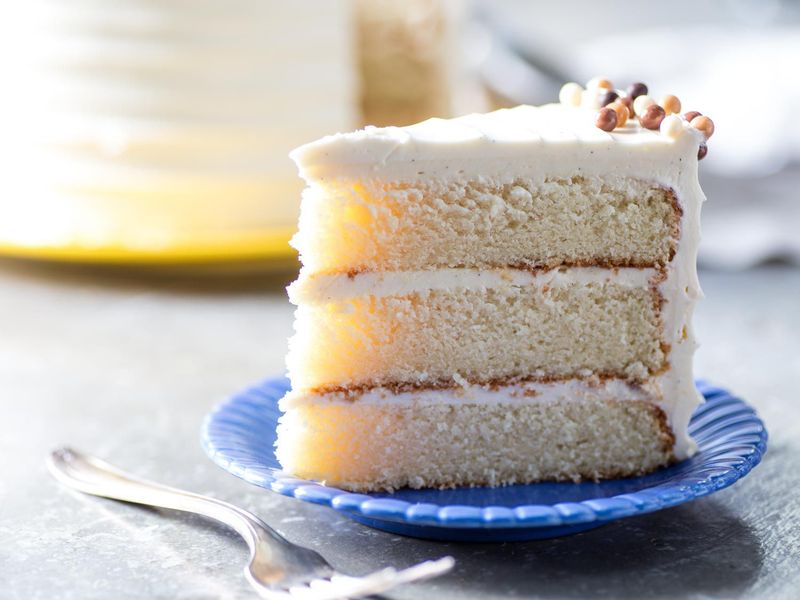
Soft and finely milled, cake flour is low in protein, which makes for light, fluffy bakes. It absorbs more liquid and sugar, giving your cakes a fine, delicate crumb.
Use it for sponge cakes, cupcakes, and tender layers. The difference in texture is small but seriously noticeable.
4. Whole Wheat Flour
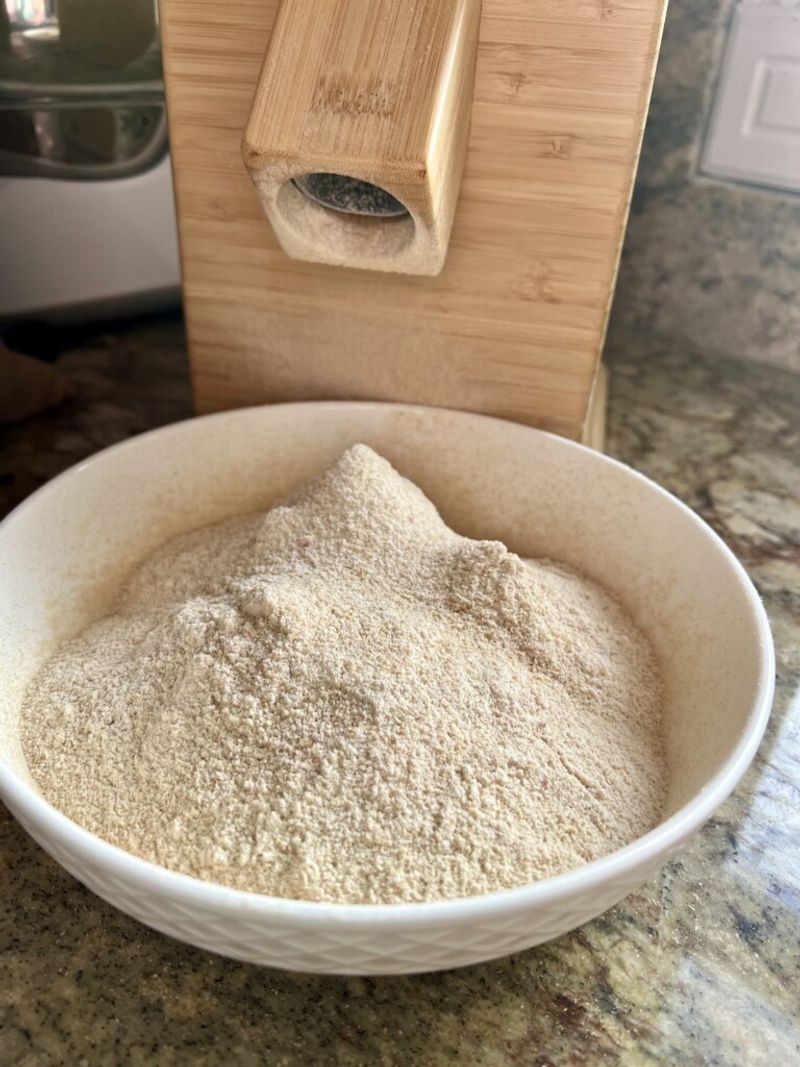
Ground from the entire wheat kernel, this flour is hearty, slightly nutty, and full of fiber. It bakes up denser than white flour, so it’s often mixed with all-purpose for better lift.
Great for rustic loaves, muffins, or pancakes. It adds depth and a wholesome, grainy flavor.
5. Self-Rising Flour
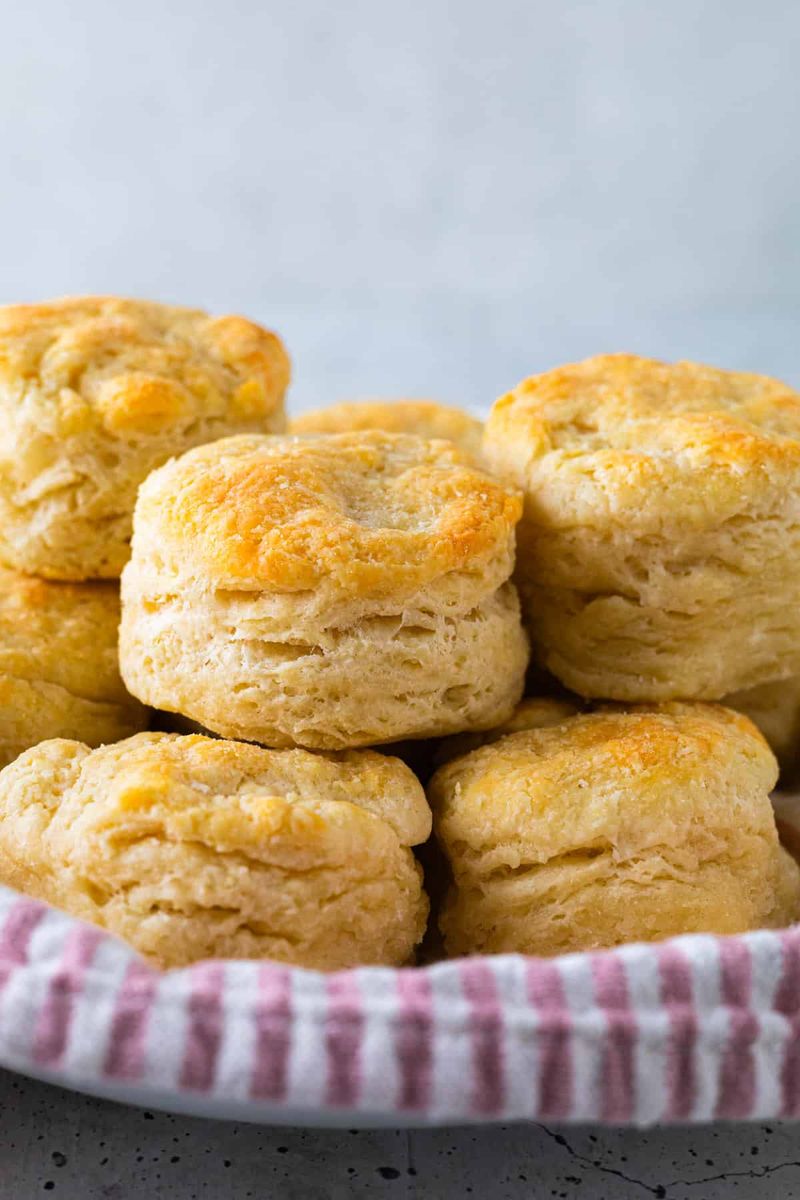
This flour has baking powder and salt already mixed in, making it great for biscuits or quick breads. The leavening lightens the texture without needing extra ingredients.
Just be sure not to add more baking powder by accident. It’s convenience in a bag, but works best in recipes that call for it.
6. Pastry Flour
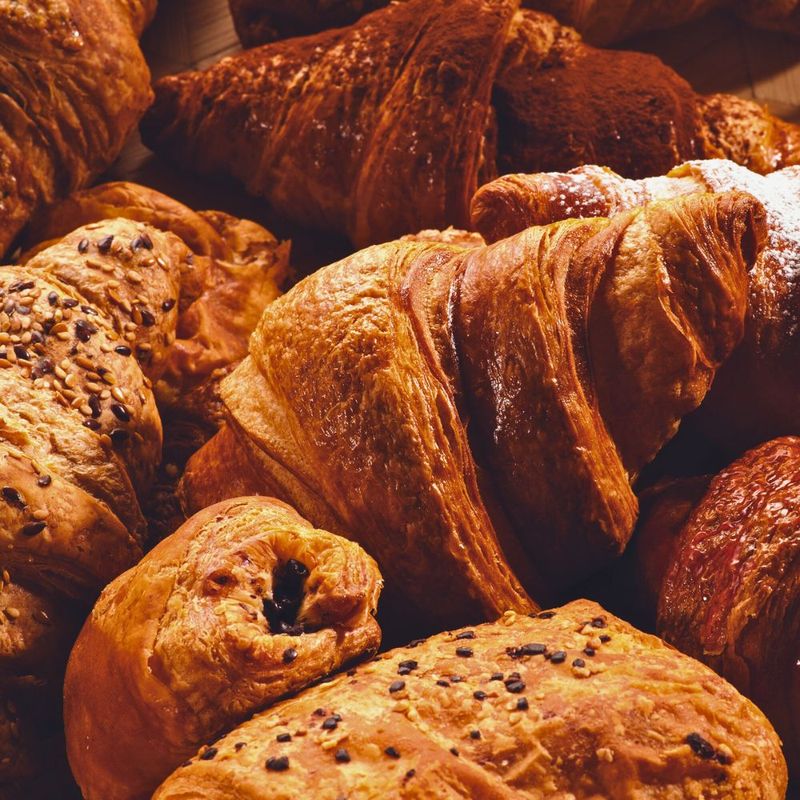
Somewhere between all-purpose and cake flour, pastry flour is soft but not too delicate. It gives pie crusts, scones, and cookies their tender bite.
Too much protein makes crusts tough, and too little makes them fall apart. Pastry flour finds the sweet spot in the middle.
7. Almond Flour
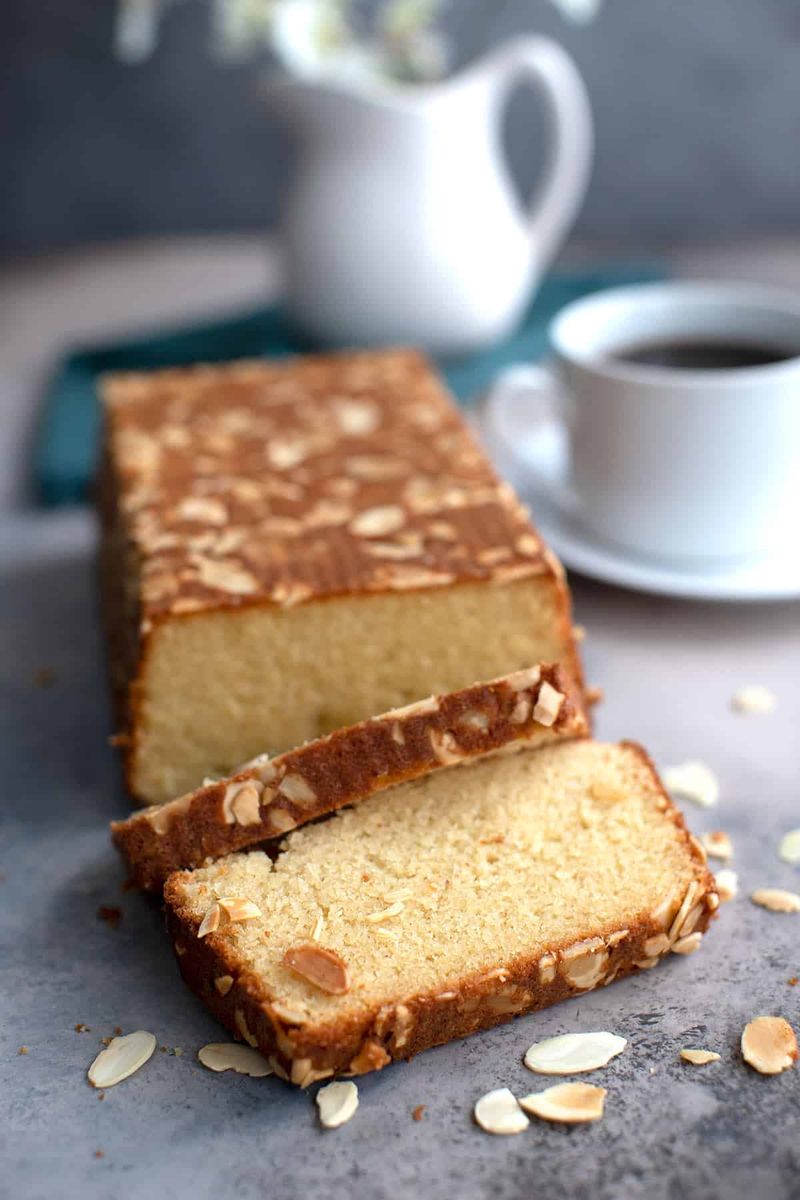
Made from ground blanched almonds, this flour is naturally gluten-free and rich in healthy fat. It gives baked goods a moist, rich texture and a slightly sweet, nutty flavor.
Good for macarons, grain-free cakes, or low-carb treats. Just remember, it’s denser than wheat, so recipes need adjusting.
8. Coconut Flour
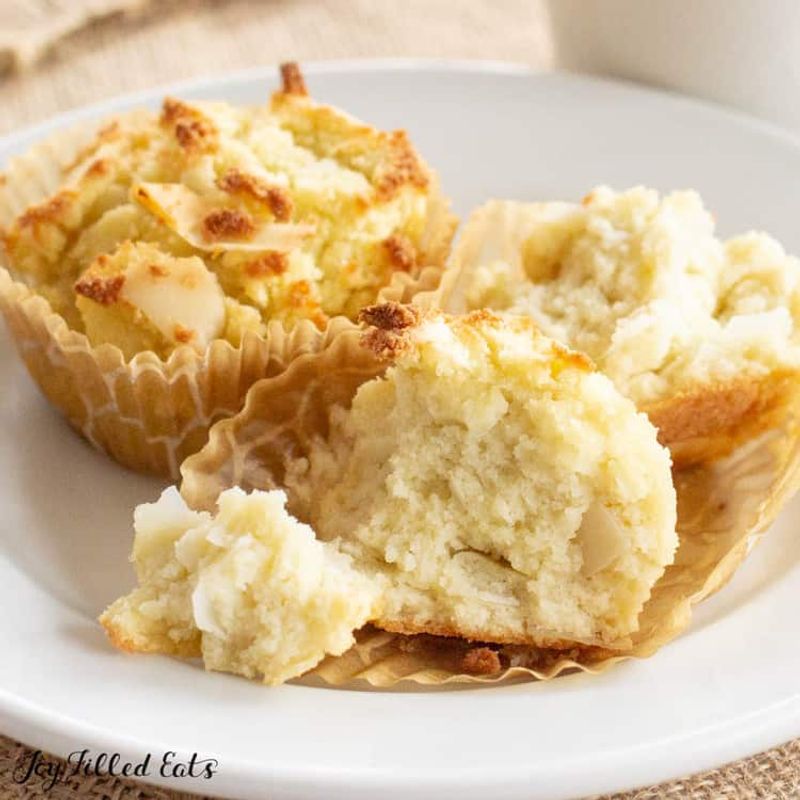
Ground from dried coconut meat, this flour is super absorbent and naturally sweet. It’s popular in gluten-free and paleo baking but needs lots of eggs or liquid to balance it out.
A little goes a long way—too much can make things dry. Ideal for pancakes, muffins, and grain-free cookies.
9. Oat Flour

Made by grinding rolled oats, this flour is soft, slightly sweet, and packed with fiber. It works well in muffins, pancakes, and quick breads, especially in gluten-free baking.
You can make it at home in a blender. It adds tenderness and a mild, cozy flavor.
10. Cornmeal / Corn Flour
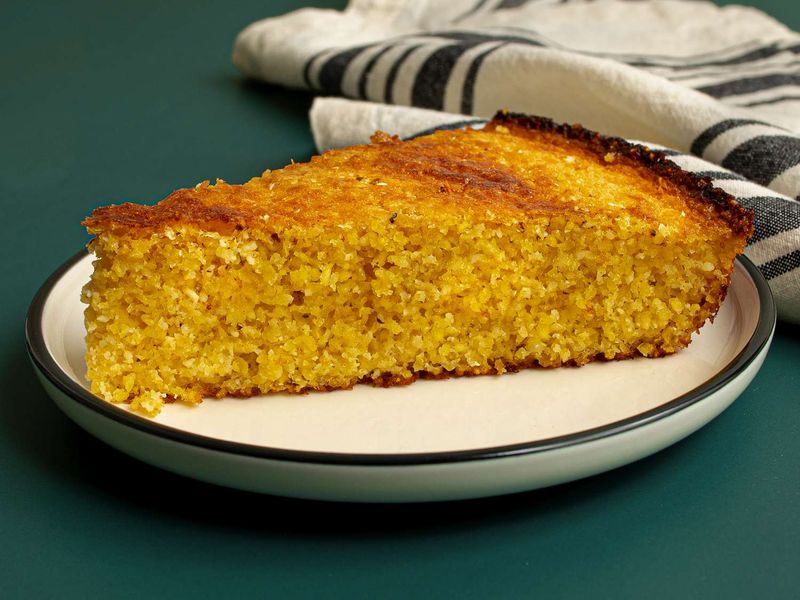
Coarse or fine, corn flour is made from ground corn and brings a slightly gritty texture and sweet, earthy taste. It’s used in cornbread, tortillas, and polenta-style bakes.
Cornmeal adds crunch and color, while corn flour offers smoother results. Both add character that wheat flour can’t match.
11. Rye Flour
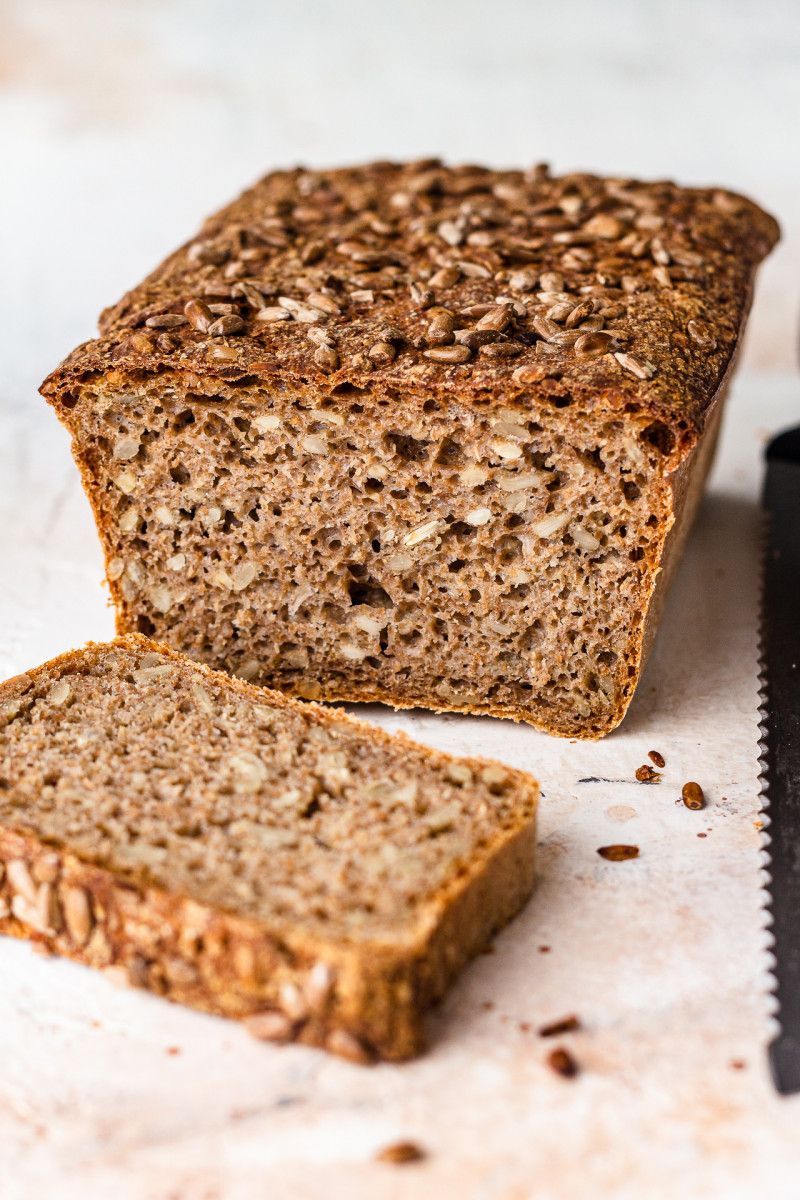
With a deep, earthy flavor, rye flour is most famous in hearty breads like pumpernickel. It has less gluten, which gives it a denser, chewier bite.
Used alone, it makes a bold, slightly sour bread. Mixed with wheat, it adds rustic charm and depth.
12. Spelt Flour
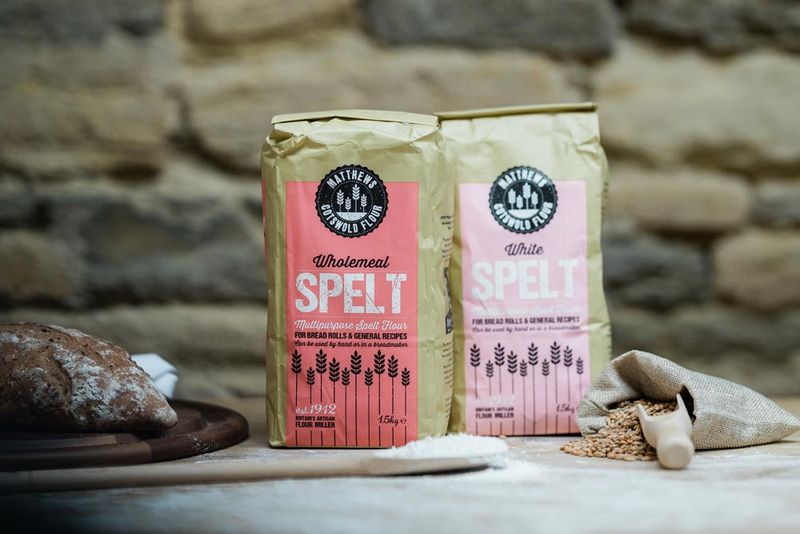
An ancient cousin of wheat, spelt is nutty, slightly sweet, and easy to digest for some. It still has gluten, but in a gentler form than modern wheat.
Great in pancakes, muffins, or softer breads. It feels wholesome without being heavy.
13. Buckwheat Flour
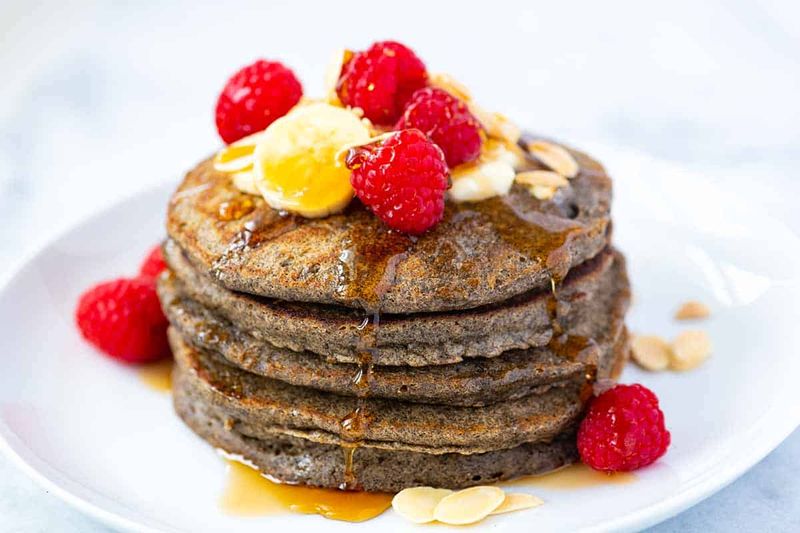
Despite its name, buckwheat isn’t wheat at all—it’s a seed. The flour is dark, bold, and slightly bitter, known for its use in soba noodles and hearty pancakes.
It’s gluten-free and full of flavor. Best used in combination with lighter flours to avoid overwhelming your bake.
14. Chickpea Flour (Besan)
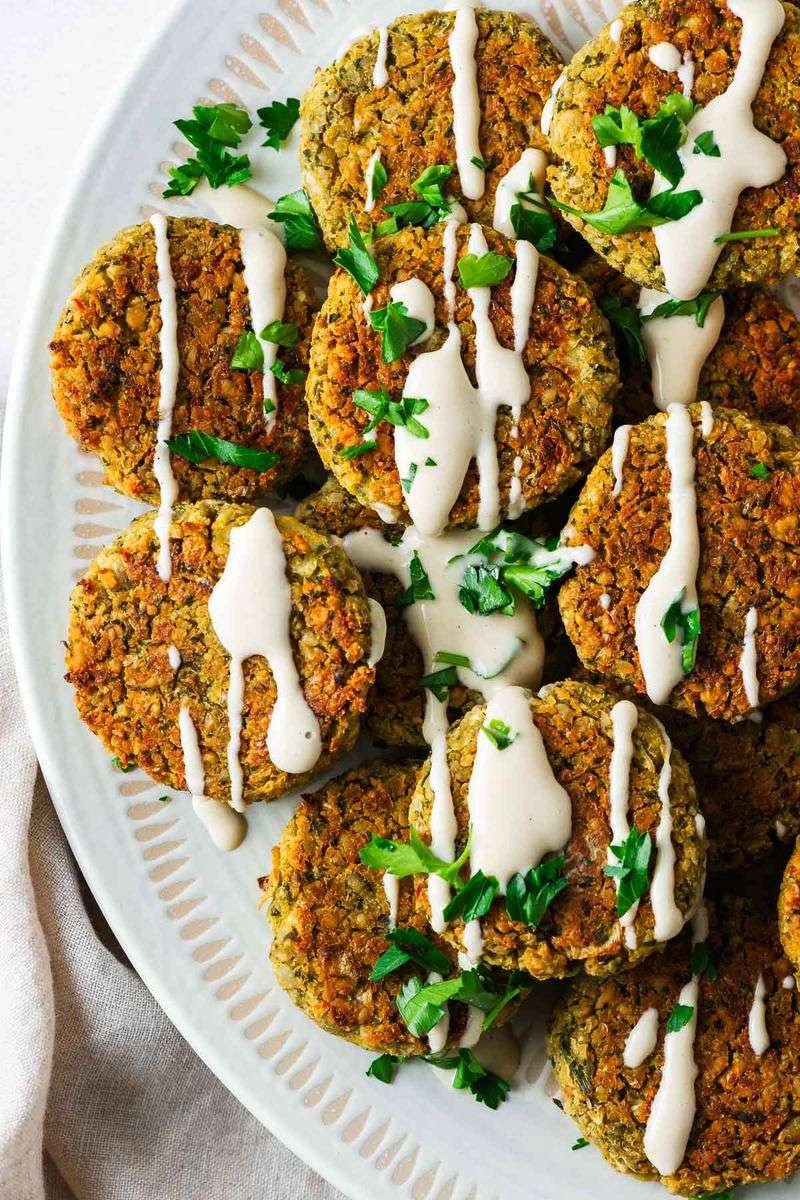
Popular in Indian and Mediterranean cooking, this flour is made from ground dried chickpeas. It’s rich, dense, and naturally gluten-free, with a slightly nutty taste.
Used for flatbreads, fritters, or savory pancakes. It holds up well and adds protein to anything it touches.
15. Tapioca Flour
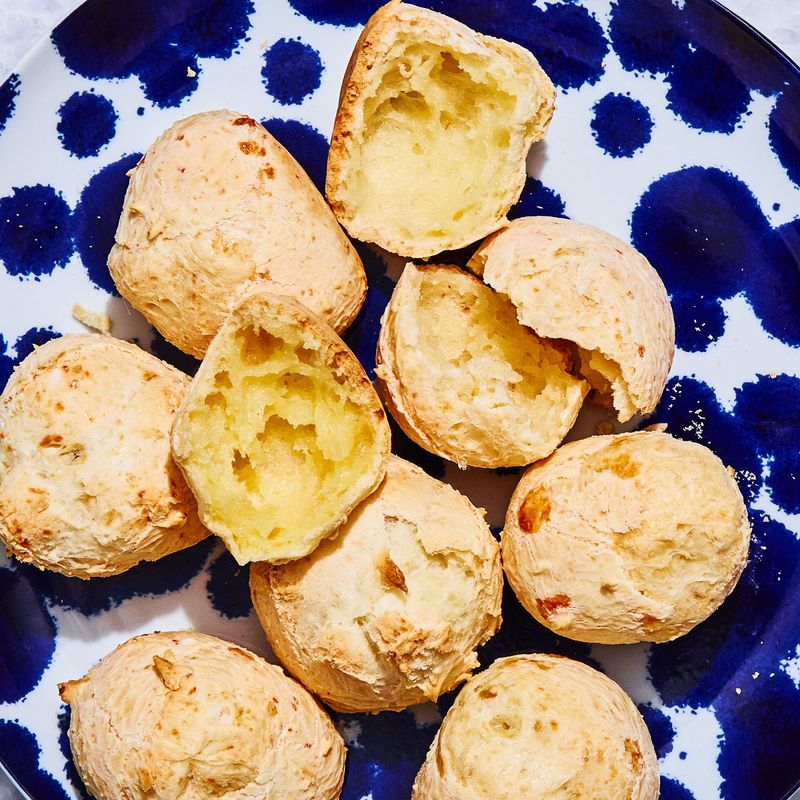
Extracted from the cassava root, tapioca flour is light, powdery, and excellent for thickening sauces or adding chew to gluten-free bakes. It’s nearly flavorless, which makes it versatile.
Often used in combination with other flours. It gives baked goods a springy, stretchy texture.
16. Sorghum Flour

Mild and slightly sweet, sorghum flour comes from an ancient grain that’s naturally gluten-free. It works well in flatbreads, muffins, and gluten-free flour mixes.
The texture is smooth and fine, not gritty. Great for adding nutrition without overpowering the dish.
17. Rice Flour
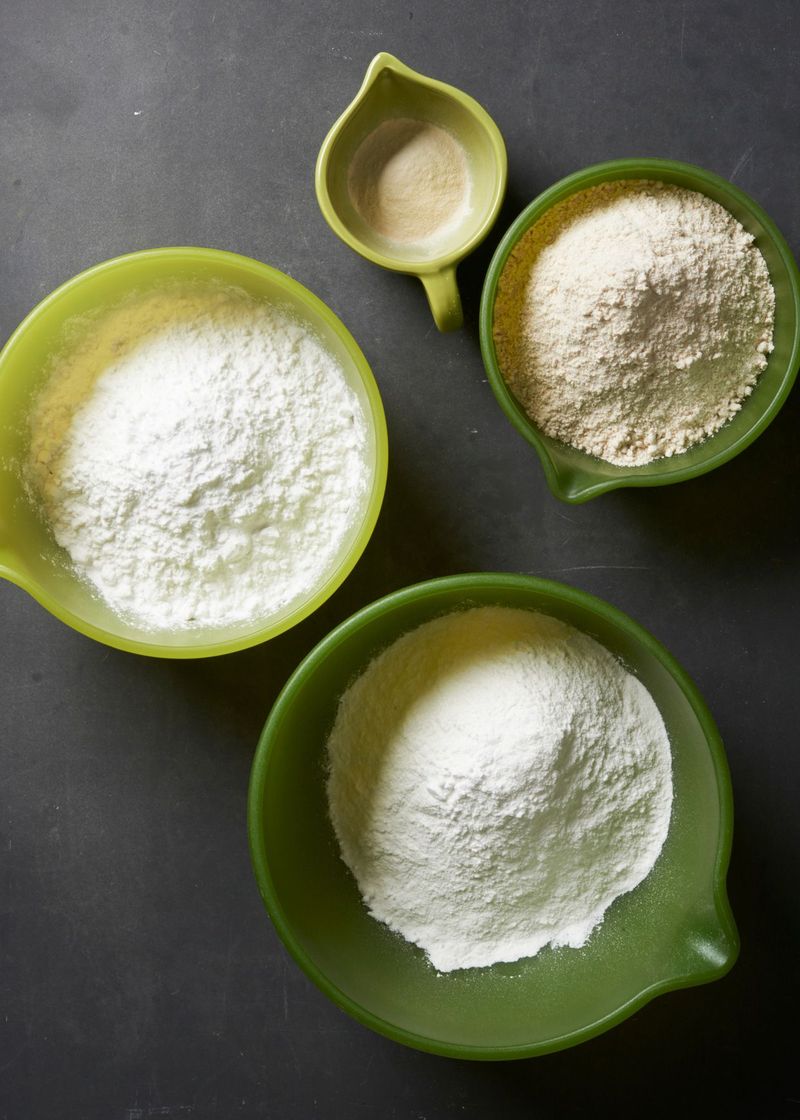
Made from finely milled white or brown rice, this flour is soft, neutral, and gluten-free. It’s a staple in Asian cuisine—think mochi, rice noodles, and tempura batter.
It doesn’t rise much on its own, but it brings crispness and lightness to fried and baked foods alike.
18. Barley Flour
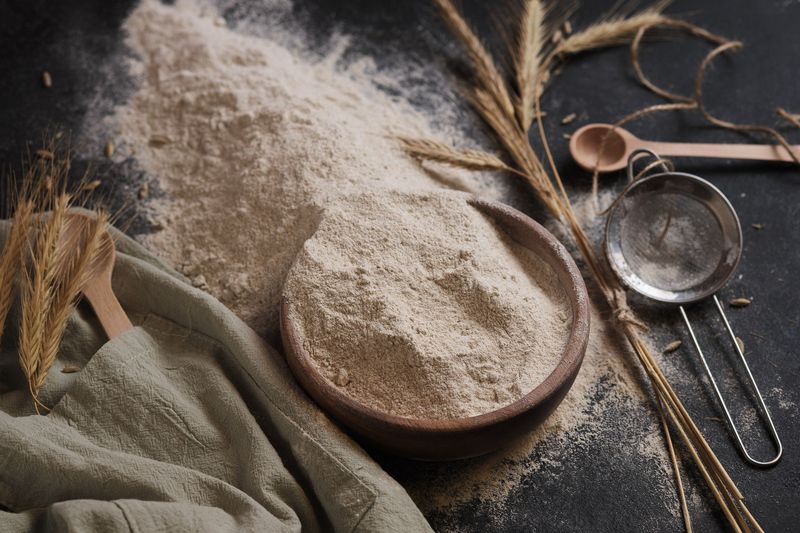
With a mild, nutty taste, barley flour adds body and a soft chew to baked goods. It contains some gluten, but not enough to use on its own for rising.
Best mixed into cookies, muffins, or soft rolls. It gives a rich flavor without feeling heavy.
19. Arrowroot Flour
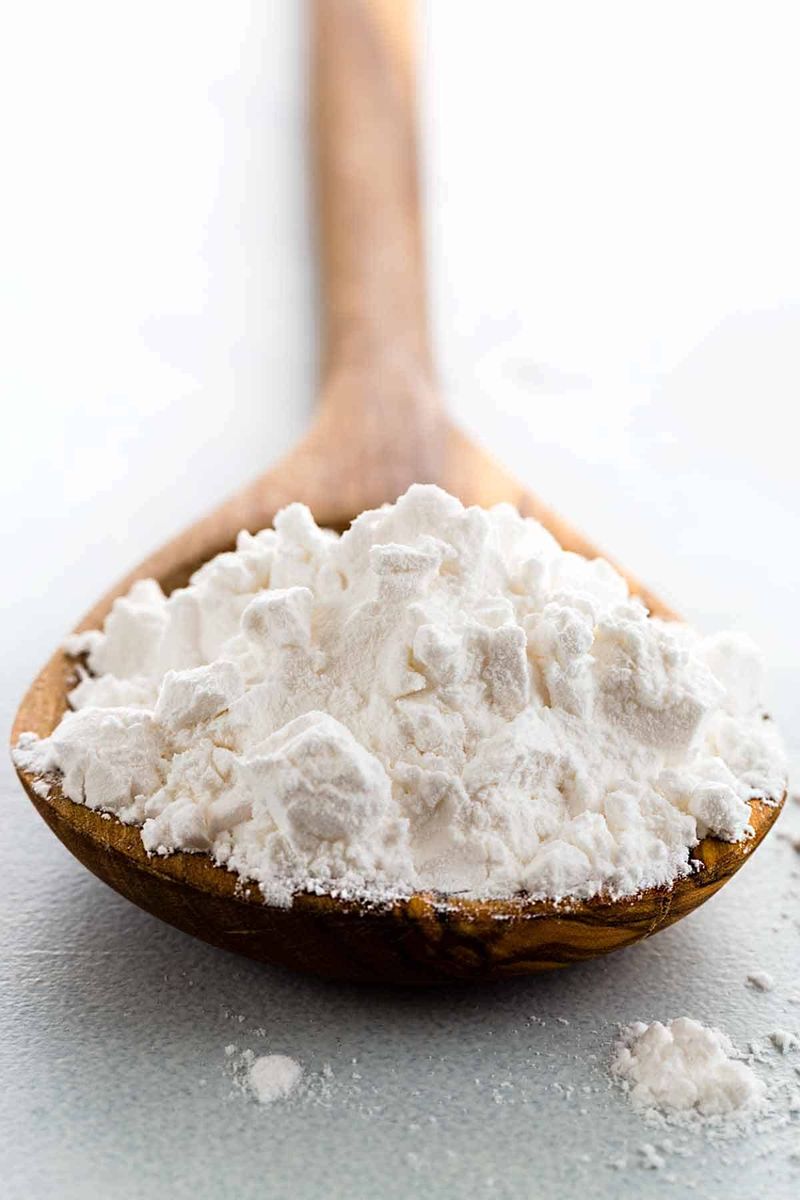
Smooth and silky, arrowroot flour is used mostly for thickening sauces, puddings, or pie fillings. It comes from a tropical root and is a gentle, gluten-free starch.
Unlike cornstarch, it stays clear and glossy when cooked. Use it in anything that needs a light touch.
20. Teff Flour
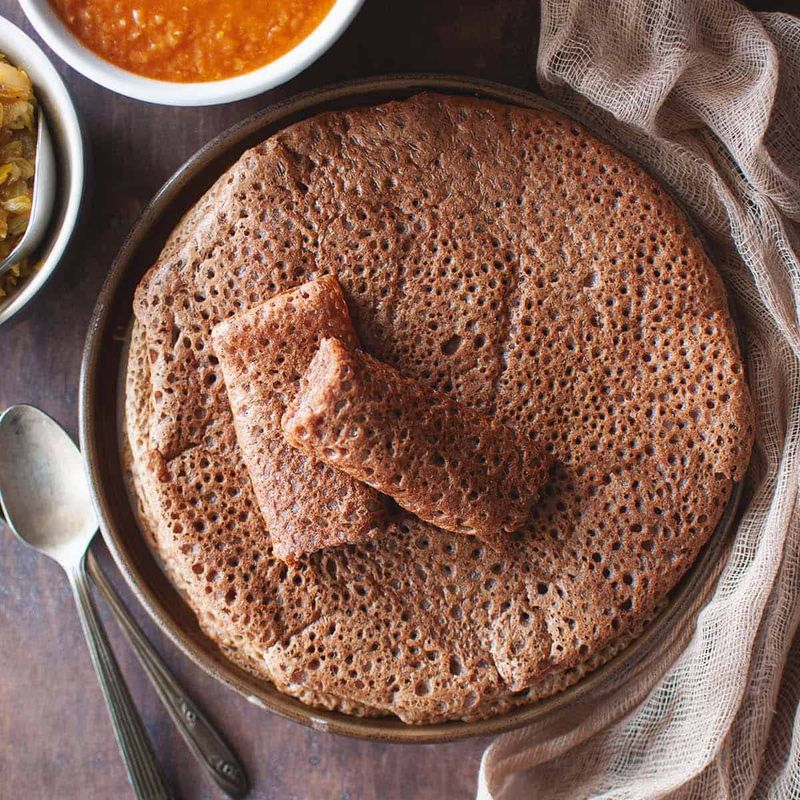
This tiny grain packs a nutritional punch and brings a deep, malty flavor. It’s the key to injera, the Ethiopian flatbread, and works well in brownies or banana bread.
Teff flour is rich in iron and fiber. Earthy and bold, it’s best when paired with warm spices or chocolate.

